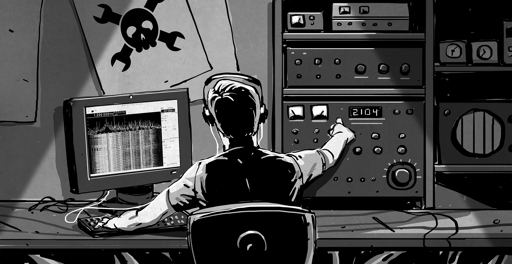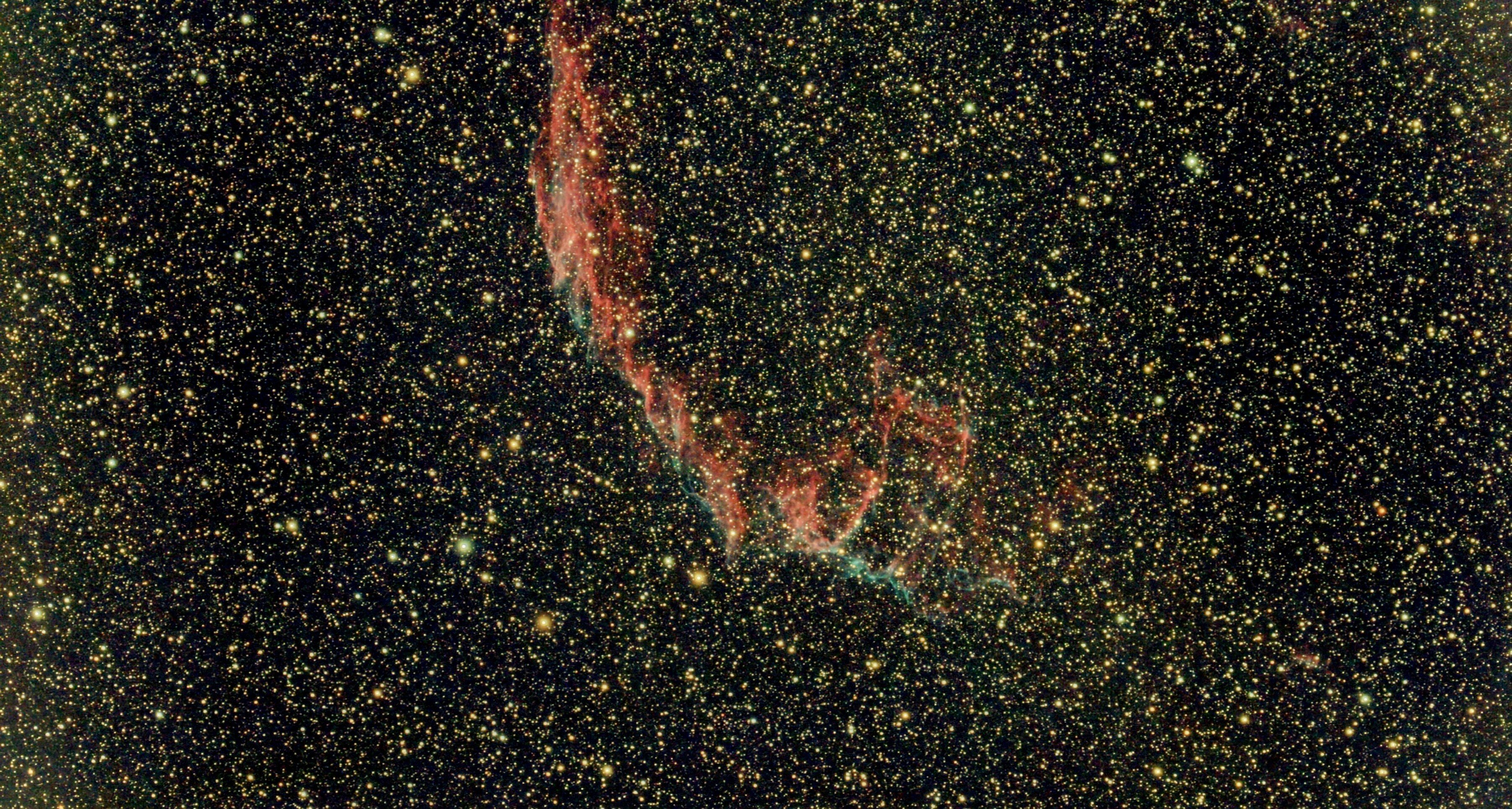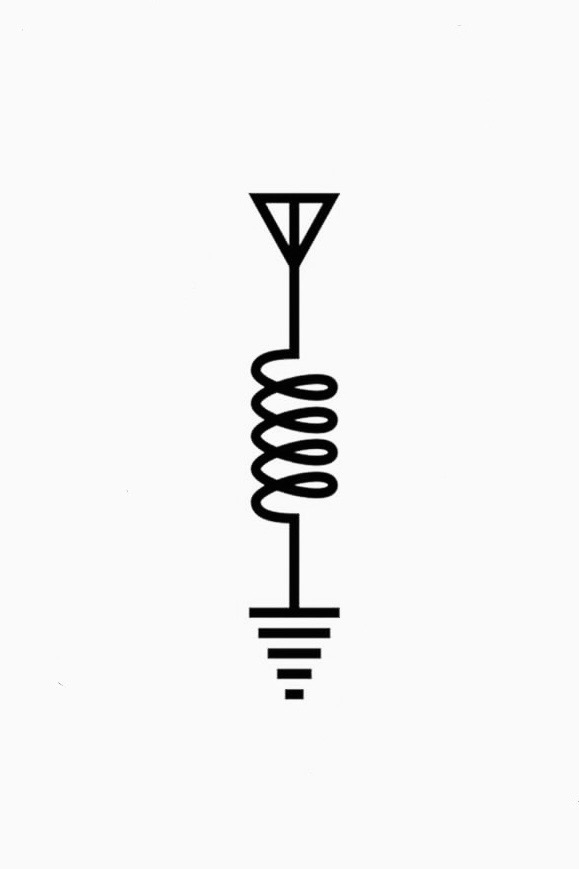Do you need a license to buy a receiver to listen in?
Edit: the following is for the US
You do not need a license to listen to ham radio with a traditional transceiver. You only need a license to transmit.
There are no licensing requirements for equipment purchases.
I have a handheld ham. The baofeng ones with no license. Come to get me FCC
When I use them to communicate, I use FRS frequencies, which are still not legal technically, but no one will even know.
Tbh, I can’t condone that as a ham myself. And yes, you can be caught. It happens all the time and fines are hefty.
The basic ham license (called “Technician”) is very easy and cheap. Just get one.
It happens all the time?
Relative to the prevalence of ham as a hobby
Yes. It is not uncommon.
Also, the license gives one some knowledge about what one is actually doing with the transceiver. Without that it isn’t really a hobby anyway. It just becomes an illegal walkie talkie.
Don’t fuck around with the FCC, it stands for Fucking Consequences, Cunt!
Hams are self policing and if you cause issues and aren’t using proper protocols may try to pinpoint your location
I use FRS, there’s no way anyone would report me. They are not overpowered. No one listening would assume they are anything but Amazon walkie talkies.
I got them for ship to shore, which is not illegal. Also, it’s not illegal to listen. Which from what I hear, is nothing.
Nope that’s what the web interface is for.
But an rtlsdr is pretty cheap if you want to go that route. I do satellite tracking with satnogs and it’s fun.
I think I am technologically ignorant when it comes to radio so… I still have questions.
How does the web interface collect the transmissions? Are all the transmissions made digitally accessible with the interface? Why (other than cost) would I want to use a web interface rather than a traditional receiver?
The web interfaces use SDRs. They can listen to an entire band at one time rather than just a single station.
You will only be able to listen to transmissions that are within range of a web SDR. They work great for HF since that propagates a long ways when the band is open. For VHF and up, you will likely need a local receiver unless there happens to be a web SDR near you that covers the band you want to listen to.
The web SDRs may have better antennas than you do and they are probably in a place with much less RFI than you. You can use them to listen to far away places.
Thanks!
How does the web interface collect the transmissions?
The person or organization hosting the website has an antenna somewhere attached to a Software Defined Radio, or SDR. I honestly don’t know how these work at the silicon level, but radio antenna feed line goes in one side, some JFM happens, and USB and/or PCIe computer data comes out the other end. Instead of tuning into such and such frequency with such and such modulation, it sends the raw RF data to the computer to let it process it digitally, with algorithms and GFLOPS and RAM and shit.
Which means, you get to tell it “process the data as if you’re a single-sideband radio listening on 14.070MHz Upper Sideband” and you can listen into amateur radio slow scan television. It’s basically like you get to remote control someone else’s radio receiver.
Are all the transmissions made digitally accessible with the interface?
No. See the above “A person has an antenna somewhere.” You can hear what that antenna hears. This will be limited to line of sight for VHF and up, and even HF will be limited by propagation conditions and the nature of the antenna. The hardware they’ve hooked to their computer may also have its own limitations. Also, their antenna is imperfect because there is no such thing. This is the world’s shittiest Wi-Fi antenna (only partially because it fell over).
Why (other than cost) would I want to use a web interface rather than a traditional receiver?
Not all radio transmissions can be heard from everywhere. I can’t hear anything above 12 meters out of eastern Europe from here, not in the worst solar cycle since humans learned the sun has cycles. I can hear it loud and clear from some Frenchman who put his SDR online.
No, only the British are dumb enough to require a license for a receiver.
You can go buy whatever radio you want and listen to hams tell each other where they’re from and lie about how well they’re hearing each other. Which is most of what they do on shortwave. 1. Ham radio is a game to most of them, the game is “exchange callsigns with people from as many places as you can.” 2. There is a law (CFR 97.113(5)) that prohibits “Communications, on a regular basis, which could reasonably be furnished alternatively through other radio services.” I read that as it’s illegal to have a weekly Wednesday at 5 PM EDT chat with your buddy in Tuscon on 20 meters because the cell phone network can also accomplish that. So are scheduled ragchew nets legal?
If you’re going to play around with an HF receiver, ignore the hams and listen out for numbers stations, they’re way fucking cooler than us licensed radio dorks.
Don’t transmit without a license. If we can hear you, we can find you. Radio isn’t like the internet, radio travels in straight (ish) lines. You’re literally shining a light into the sky, we can tell where it’s coming from. Hams won’t do anything to you. No, that’s what the FCC is for.
No
So, is Ham Radio like the spiritual ancestor of something like Discord Voice Chat? I’m trying to understand why people do it, besides the technical/tinkering aspects.
Ham radio can be used as voice chat with friends, but that would be a pretty limited view of it. Here’s some things that a Discord Voice Chat cannot do that radio can:
- Chat without internet (e.g. places without cell towers).
- Chat without voice. (digital communications of all kinds; email/text, keyboard-to-keyboard, pictures, etc).
- To build an internet (e.g. building WiFi meshes with extra power [AREDN], AX.25 packet, WinLink).
- Used as a tool during emergencies (see ARES/RACES/CERT).
- Chat completely randomly (it’s just one big discord channel, but you can only hear some people).
- Chasing the challenge of unusual radio propagation (earth-moon-earth, meteor bounce, tropospheric ducting, aurora).
- Chasing the challenge of collecting the most point-to-point contacts (contests).
- Chasing the challenge of difficult radio propagation (microwave links).
- Constructing and using radios that you cannot buy off the shelf parts with (usually with those funny microwave guys).
- Higher power versions of things unlicensed folks cannot do (RC toys, Meshtastic/LoraWAN, WiFi, etc).
- Historical preservation (restoring old radios, keeping ship-shore coastal stations running [e.g. Maritime Radio Historical Society]).
- Conducting scientific experiments (HamSCI, and I conducted one listening to the ionosphere during the recent total eclipse).
- Building and controlling satellites (AMSAT).
And there’s even more. The way to view ham radio is the government grants you a license to operate on many pieces of radio spectrum so long as you can show your technical ability to not cause harm (interference, safety, and things that will prevent you from blowing up your radio as well as find success in using it). What you do with that spectrum is up to you!
GREAT answer. It’s funny how I got into ham radio because I thought it seemed a cool way to talk to people… and now I almost never use voice and mostly do what you listed above.
That’s pretty cool! Reminds me in some ways of usenet and how people extended what it was able to do. Now I gotta go ask my uncle, who just sold his setup and shack, what he did with it (he’s getting older, and it’s not as easy to get out there anymore). I always thought he was just tinkering with electronics and chatting with other hobbyists, but sounds like he was potentially doing lots of other things besides.
I wonder if he knows about these online options. Might be able to keep his hobby going in a lesser capacity.
I upgraded my license when my grandfather had to move in with my parents so I coul help him setup a smaller shack and assist in operating the radio with him. He deeply appreciated the family time, and I’m sure your Uncle wouldn’t mind spending time with you too.
For whatever it’s worth, these web interfaces are great at listening and cost nothing. Ask him to help you operate (finding signals and how to listen to them) using a KiwiSDR online. If you find out he’s also having fun, then perhaps look into remote radio station equipment. There’s a wide selection of transmitting capable SDRs, like FlexRadio, and DIY solutions (e.g. https://www.remotetx.net/). You can even rent remote operation time with incredibly nice hardware in amazing locations (e.g. https://www.remotehamradio.com/). Perhaps he’ll be come interested in another side of ham radio that he hasn’t done before either, like working satellite passes. That doesn’t take more than one nice, or two very cheap, handheld radios and a small handheld yagi.
Why? Because you can. But in terms of useful reasons?
Cellphones, Internet they need infrastructure to work, and that can be disabled either during a natural disaster or war situation. Even by your own government in some cases.
But if I want to communicate, I just need a piece of wire, somewhere to hang it, and a 12v battery and I can communicate for thousands of miles.
Personally I just think that’s cool.
To answer you seriously, yeah kinda! It’s a way of communicating without any internet access. You can talk with people around the world if you want. And it opens up to a whole community of people that really like the hobby.
So people pick a topic and just start talking? It’s kinda a niche hobby, so there’s probably a lot of like-minded people, but what if somebody starts going off on a tirade?
Then you switch to someone else. Also its not just about talking. You can track a number of things: sensor readings, track satellites, airplanes, boats, etc…
What is the practical application of tracking stuff, like are you guys literally just telling each other where stuff is or what does an average tracking session look like?
Edit: I’m very interested in the idea of amateur radio operating, but I guess I’m trying to picture what it would be like practically and wondering if that’s something I’d be into, you know?
Sometimes, in times of disaster or something like that, ham radio operators can keep the flow of information in and out going when Internet or phone communication lines are down.
Other than that, it’s mostly just experimentation and trying to push the envelope of wireless communications. People flex on each other by making contacts further and further away, and as the other person said, doing cool shit like talking to the ISS.
tracking is mostly done via software. the airplane, satellite, boat, etc will have some way of transmitting data (lat/long, speed, weather data…) and a receiving station (for instance, a computer a ham operator controls) will pick up that transmission and usually post it somewhere. An example would be something like APRS
Ham operators themselves can track in a way. When you are communicating with another ham, you will usually give your callsign, location, other pertinent info, and then you can log/record that you talked to someone from a certain area.
The guy I know who’s into it likes radios and radio waves, antennas, and whatnot. Builds his own stuff. The HAM community also has a tradition of sending these little “contact card” type things like called QSL cards, if you contact someone in Monrovia or something, they can mail you a paper card that certifies, yup, you talked to someone in Monrovia all the way from Kansas or wherever. Can even get one from the International Space Station if you make contact with it, which people do regularly on HAM.
I have an SLR just because I think it’s neat. I have a computer based peripheral one and a portable handheld one with a screen on it.
Can listen to shortwave, long wave, am, FM, and all sort of other bands, such as weather, marine, air traffic, trains, pretty much any unsecured walkie talkie and GMRS frequencies.
How old are you?
Does it matter? That’s the analogy I picked.
I’m asking for a reason. People of a certain age are aware of HAM radios and how they are used, but clearly there’s a generation or two that’s not and I’m interested in where that cutoff lies.
Another person here, I was born 1982, and definitely know what ham radio is and have used such equipment. But I had a pretty nerdy grandfather who infected me with his tech curiosity and introduced me to it. Sometimes I still break out a little shortwave radio with SSB and hook it up to my laptop to see everyone’s messages flying back and forth. I like to screw around with SDRs too (and of course I own a Flipper Zero 😉).
My 12 year old son knows next to nothing about it.
I’m born late 80s, and I’m fully aware of it, just never had the time to dive in. Nevermind that I rent and erecting a tower would be an interesting conversation, as I’m mainly curious on the hardware side.
There are plenty of “compromised antenna” options for you; there are loads of amateur operators who simply run their antenna around the largest room in their apartment and make long-range communications. It’s not optimal, but it works.
There’s a whole movement in amateur radio right now which relies on being light and portable. A 15 meter carbon fiber mast, some wire, 12v and 100W and you can work the world from a park.
For local reception, receivers with RTL2832U chips are a cheap option. They are also called RTL-SDR. I have simply been using a long wire as a “random wire antenna”. Some of the older dongles also need an upconverter to be able to tune into low HF frequencies:
An upconverter for the RTL-SDR translates low HF frequencies ‘up’ into ones that are receivable by the RTL-SDR. This is a different method to the direct sampling mode used in the V3 dongles to achieve HF reception.
Quoted source: https://www.rtl-sdr.com/a-homebrew-one-transistor-upconverter-for-the-rtl-sdr/
I like my rtlsdr. It’s great and super cheap.
rtl433 on github is a joy to collect data and send somewhere
Thanks for sharing. It seems like there’s a lot of supported options. Many of them, I have no idea what are, but cars and doorbells are easy enough to understand, at least. Do you have any examples of interesting, less obvious use cases of your own, or of others’?
sure. well i am cheap. my neighbours arent. they have fancy stations like Bresser Weather. so why not share data like a proper pirate? i bought several rtl sticks by now. one i use in a pi/nuc/etc to just run https://github.com/merbanan/rtl_433 which has the excellent possibility to send the captured data over mqtt. so one line in terminal gives me weather data.
you could also grab flightpositions with the stick…if you share those you get even more data: https://www.rtl-sdr.com/rtl433-plugin-for-sdrsharp-updated/
still too boring? gnuradio could helpp find interesting frequencies and you might wanna google what they are for. you can also grab an send sensordata from busstationdisplay, temperaturecontrol of houses, tire pressure of passing cars etc. you could use that data in homeassistant/nodered or whatever to trigger alerts…like that police car is close by, shutdown shutdown… and so on. new cars are so chatty.
Also it isnt crazy hard to actually get the basic ham license. Try the hamstudy app and find the local radio club that offers testing.
I’ll give it a shot thanks!










